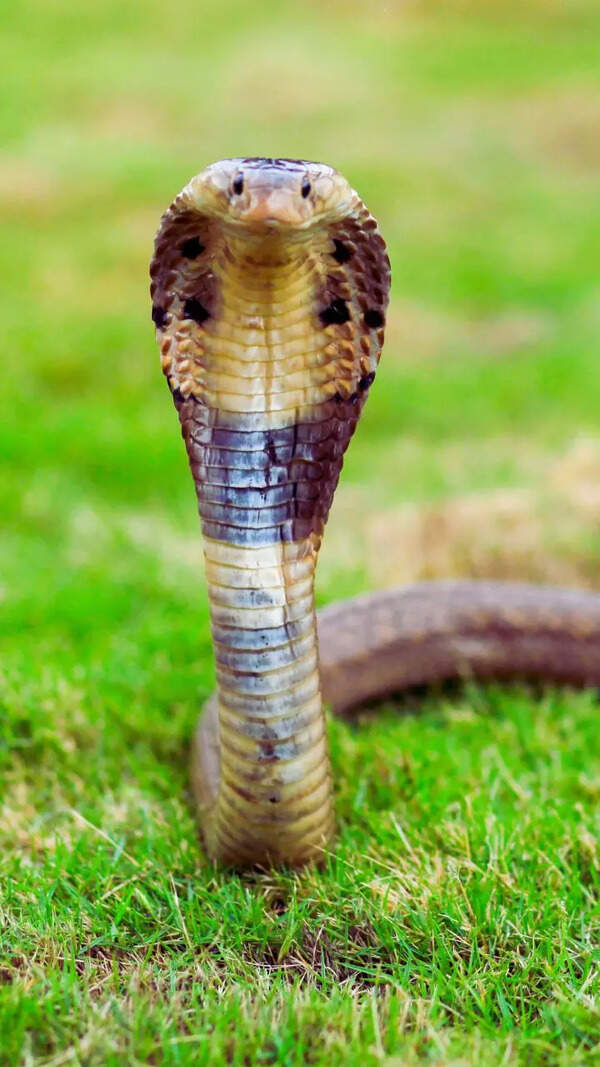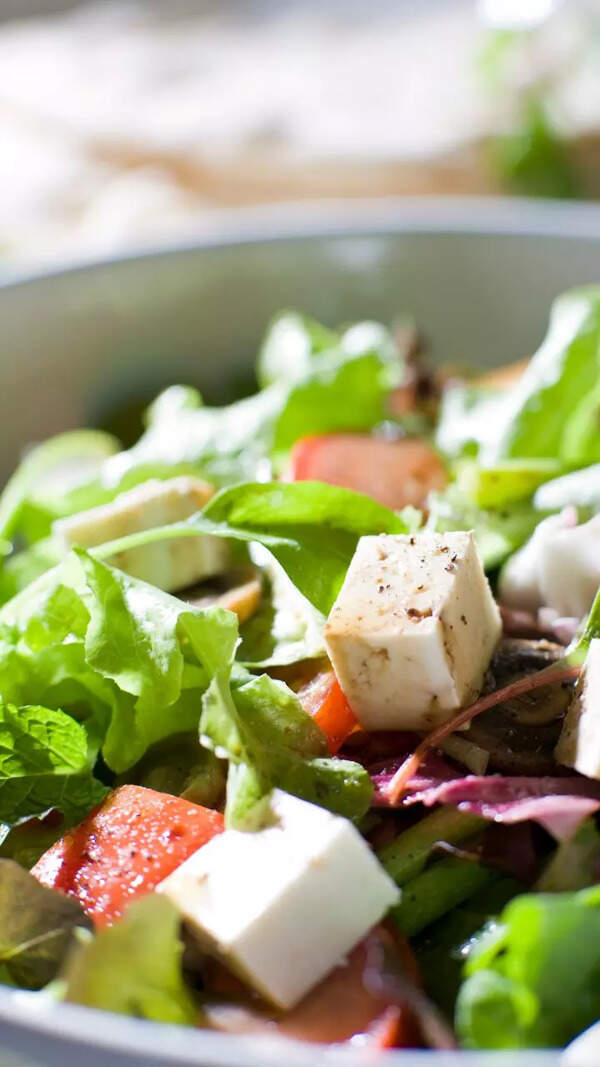- News
- lifestyle
- health-fitness
- fitness
- Walk-free workout: 7 fun ways to burn the same calories as a 30-minute walk
Walk-free workout: 7 fun ways to burn the same calories as a 30-minute walk

Walking and how many calories does it burn
Walking is seen as the gold standard for simple fitness. A brisk 30-minute walk typically burns around 120 to 150 calories, depending on body weight and pace. But here's a thought—what if moving the body could feel more like play than a workout? There are lesser-known and enjoyable daily activities that not only match but sometimes surpass the calorie burn of walking, all without stepping onto a treadmill or looping around a park.
Here’s a list of such walk-free activities—some calming, some playful, and all backed by actual data. Each one feels less like a workout and more like living joyfully, while still getting the heart to work a little harder.

Gardening
A simple 30-minute gardening session—planting, digging, weeding, or watering—can burn anywhere between 150 to 200 calories. According to the Harvard Health Publishing calorie chart, light gardening can match the calorie burn of a moderate walk, especially when it involves movement like bending, lifting pots, or raking leaves.
But there’s more. Unlike repetitive gym workouts, gardening also improves hand strength, encourages stretching, and reduces cortisol (stress hormone) levels. It’s the kind of movement that feels like therapy, not training.

Playing with kids
Running around with children, crawling, lifting, dancing, and even chasing during pretend play can burn up to 200 calories in half an hour. The more involved the play, the more calories are burned.
According to a Mayo Clinic report, active play with kids not only improves agility but also stimulates mood-enhancing hormones. It doesn’t feel like exercise—until the next day’s sore muscles remind otherwise.

Tai Chi
Tai Chi may appear slow and meditative, but its flowing sequences engage the entire body. Practising Tai Chi for 30 minutes can burn up to 150 calories, according to research published in the British Journal of Sports Medicine.
The real strength of Tai Chi lies in balance training, gentle muscle engagement, and improving mental clarity. It’s especially effective for older adults or anyone recovering from injury, offering both movement and mindfulness.

Hula hooping
Hula hooping can burn around 200 calories in just 30 minutes. It activates core muscles, improves coordination, and gets the heart rate up without the stress of high-impact movements.
And let’s be honest—it’s hard not to smile while hooping to a favourite playlist.

Dancing in the living room
Crank up a 30-minute playlist and just move. Freestyle dancing can burn anywhere between 150 to 250 calories, depending on intensity. According to a study, dancing improves cardiovascular health, balance, and flexibility, and reduces depression symptoms.
No choreography needed. Just honest movement, powered by good music and better mood.

Cleaning the house
Mild cleaning activities like dusting and wiping burn around 100 calories in 30 minutes, while more vigorous tasks like mopping floors or scrubbing tiles can go up to 200 calories.
The National Heart, Lung, and Blood Institute categorises vigorous housework as moderate physical activity. The added bonus? A cleaner space and a lighter mood.

Playing a musical instrument (yes, really)
It may sound unusual, but playing certain musical instruments—like drums or even a piano—engages upper body muscles, especially if done with intensity. Drumming in particular can burn around 150–200 calories in half an hour, as per Livestrong data.
Besides the physical movement, music stimulates the brain, enhances focus, and boosts mental well-being. It’s a full-body rhythm session.








